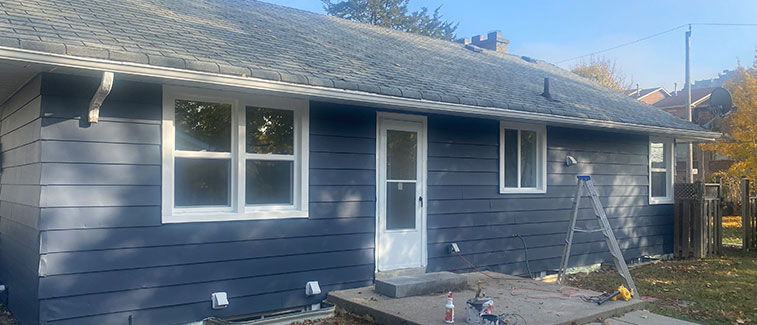Refresh the interior and exterior of your home with a fresh coat of paint by painting your windows. However, it’s a task that requires a bit more finesse than painting a wall or a piece of furniture. The process is thorough, from surface preparation to applying the last coat. To ensure your window painting project succeeds, here are seven common mistakes to avoid.
1. Skipping surface preparation
Rushing into painting without properly preparing the windows’ surfaces is a common mistake. Peeling paint, dirt, and grime can prevent the new paint from adhering correctly, leading to a finish that’s anything but not smooth. Before starting to paint, make sure the windows are clean and smooth off any rough spots.
2. Ignoring weather conditions
Painting your windows during inappropriate weather can ruin your hard work. High humidity can slow down drying times, while too much wind can blow dust and debris on your wet paint. Aim for a dry, mild day to ensure the best results.
3. Choosing the wrong type of paint
Not all paints are suitable for windows. Using the wrong type can lead to peeling, cracking, or fading. High-quality exterior paint is essential for wooden windows, while metal frames might require a specialized formula to prevent rust. Always pick a paint designed for the material of your windows and the conditions they’ll face.
4. Overlooking tape and drop cloths
It’s tempting to skip the tedious task of taping off panes and laying down drop cloths. Protecting your glass, walls, and floors makes cleanup easier and ensures a sharp finish on your windows.
5. Applying paint too thickly
A common mistake is thinking that more paint equals better coverage. In reality, thick layers of paint take longer to dry, are more likely to drip, and can peel over time. Apply the paint in thin layers for optimal results and let each dry thoroughly before applying the next.
6. Neglecting the details
Windows comprises small parts, like frames, sills, and muntins (the dividers). Even though they are minor, these details make a big difference in the outcome. Use a tiny brush and go slowly to cover each gap for accuracy.
7. Rushing the drying process
Impatience can lead to ruined windows. Touching, closing, or using the windows before the paint is fully dry can cause sticking, smudging, and the need for touch-ups. Follow the paint manufacturer’s recommended drying times to avoid these issues.
Conclusion
Painting your windows is a project that can significantly enhance the look of your home, but it also demands attention to detail. You can achieve a lasting, professional-looking finish by avoiding these seven mistakes. Remember, the key to a successful window painting project lies in preparation, patience, and choosing the right products. With a little determination, you can achieve sparkling windows. For expert help, reach out to Lakeview Painting today!

